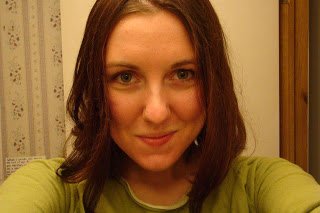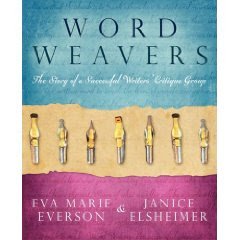
Blog & Resources
Looking for my thoughts on everything from bioethics to movies? You came to the right place. And while you’re here, check out my free downloadable resources.
Sign up to be notified when new posts release.
Announcing the 2023 San Miguel de Allende Writers Workshop
Join hostess Debora Annino and me, along with other writers, in the UNESCO World Heritage Site of San Miguel de Allende, Mexico, a Spanish Colonial town that has served as a gathering place for artists and writers since the 1930s. The enchantment of San Miguel delights with its charming colonial architecture, iconic Parroquia, award-winning restaurants, Latin music, and lively literary and arts community. The fourth annual five-day, four-night retreat includes the following:
Writing Workshops led by yours truly
One-on-One Writing Consultation
Transportation to/from airport
Shared room accommodations in private home and local B&B
Breakfasts, lunches and dinners
Walking tour of San Miguel de Allende
Mexican Art Tour
Shopping in Mercado de Artesanias
Latin-music dinner
Volunteer opportunity with Little Things Matter Foundation to serve local community
* private room $350 additional fee
Airfare not included
Creative Nonfiction Annotated Bibliography
My grad student Andrea Hitefield is doing an independent study in writing creative non-fiction. One of her assignments: vet and compile a list of resources for writers interested in pursuing this topic. Here's her list:
Telling True Stories: A Nonfiction Writers’ Guide from the Nieman Foundation at Harvard University. Edited by Wendy Call and Mark Kramer. New York: Plume, 2007. Practical advice on writing nonfiction from the country’s most prominent journalists and authors. Authors from Tom Wolfe to Nora Ephron share from their perspective on the writing process from finding topics to structure. Each chapter is written by a different author, varying in style and tone.
Kidder, Tracy, and Richard Todd. Good Prose: The Art of Nonfiction. New York: Random House, 2013. Kidder and Todd cover three styles of creative nonfiction: narrative, essay, and memoir. Drawing on their own experience, good and bad, they show the writing process. Also includes a wide range of authors and a discussion of the ethical challenges of nonfiction writing.
King, Stephen. On Writing: A Memoir of the Craft. New York, NY: Pocket Books, 2000. King shares his personal story of his writing journey including influential moments to his craft. He also includes various tips for writers.
Authors of Influence
Recently some Facebook friends asked me to list fifteen authors who had influenced me. I had only 15 minutes to compile my list. Here's what I wrote:
C. S. Lewis
J. R. R. Tolkein
Dorothy L. Sayers
Dante
Lady Julian of Norwich
T. S. Eliot (I apparently like writers who use their initials)
Jane Austen
Madeleine L’Engle
William Shakespeare
Fyodor Dostoevsky
Harriet Beecher Stowe
Charles Dickens
George MacDonald
Lauren Winner
George Herbert
Once I had more time to think about it, I traded Lauren Winner for Carolyn Custis James. Philip Yancey probably should probably appear here somewhere too. How would you answer this question?



